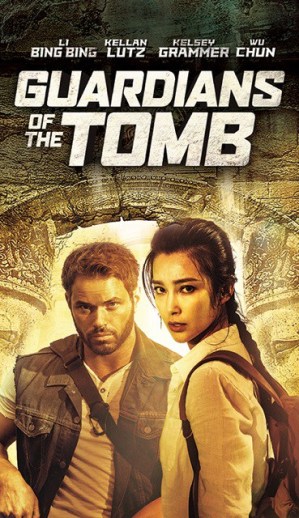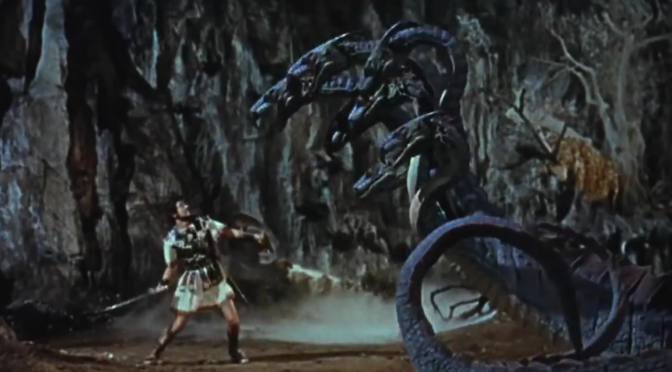Another Sunday of grant applications, another archaeology movie to review. I have not found better way to deal with the tons of documents that need to be collected to apply for a 1-year non-tenure position than to relax witnessing the mischiefs of all those fictional archaeologists that have more serious things to deal than me… Obviously, when ancient curses try to kill you constantly, tenure does not seem to be such a big deal.
 The film I am reviewing today for your ever-growing collection (click on the tag for a complete list) is 7 Guardians of the Tomb, a 2018 Australian-Chinese film written and directed by Kimble Rendall. I am not an expert on the cinema industry (only if it features archaeologists), but in the last couple of years I have the impression that more and more of these Chinese-English-speaking-country co-productions are taken place. The first I knew of was The Meg, a shark film featuring Statham and Bingbing Li, which is also the co-star of this film. The story of The Meg goes around a group of scientist that accidentally release a prehistoric megadolon from the deep ocean to the surface… it is Jaws on steroids. Here, Bingbing’s brother gets MIAR (missing in archaeological research) while searching for an ancient elixir that extends life, and a heterogeneous research team is put together to save him.
The film I am reviewing today for your ever-growing collection (click on the tag for a complete list) is 7 Guardians of the Tomb, a 2018 Australian-Chinese film written and directed by Kimble Rendall. I am not an expert on the cinema industry (only if it features archaeologists), but in the last couple of years I have the impression that more and more of these Chinese-English-speaking-country co-productions are taken place. The first I knew of was The Meg, a shark film featuring Statham and Bingbing Li, which is also the co-star of this film. The story of The Meg goes around a group of scientist that accidentally release a prehistoric megadolon from the deep ocean to the surface… it is Jaws on steroids. Here, Bingbing’s brother gets MIAR (missing in archaeological research) while searching for an ancient elixir that extends life, and a heterogeneous research team is put together to save him.
One aspect that characterizes these films is the ethnically diverse and balanced cast. And you know what? I think it is just great. From my work on “mummy films”, of which I hope I could present a new entry very soon, one think I have learnt is that non-white people had, and pretty much have, the same value for film-makers that palm trees: something exotic you have in the background that you hope it does not get in the way of the white cast. Sidekicks if we are lucky. This is not the case of these films. They present an international and diverse cast that correlates with an international production, and although they always try to throw at least a couple of well-known face for us westerners, in this case the very Dr. Frasier Kelsey Grammer, or Kellan Lutz, better-known I presume as Emmett Cullen in the Twilight Saga, that does not mean other actors and actresses do not have more extensive, and international careers. Bingbing Li for example, the leading actress of the film and co-star in The Meg, has had prominent roles in co-productions such as The Forbidden Kingdom and western blockbusters such as Transformers: Age of Extinction or Resident Evil: Retribution. Nothing, however, is perfect, and I wonder why the central role for actors in these co-productions is always a protective, mentally- unbalanced-by-a-past-trauma-antihero male foreigner, but considering all the whitewashing we have to endure in western films and series, where, in words of director Spike Lee, we cannot go beyond the typecast of “magical negro” (see Glenn and Cunningham 2009 for an academic analysis of this role in modern cinema), it is good to feel some changes start taking place. And I say start, because race and gender are issues, in film and in society, very very far from being over.
Continue reading Films and Archaeology (V): 7 Guardians of the Tomb (2018)






 This has sparked my curiosity and I promise that sometime in the future I will do some stats on this, but in the meantime let me take advantage of my Southwest homesickness and review a film that takes place in New Mexico.
This has sparked my curiosity and I promise that sometime in the future I will do some stats on this, but in the meantime let me take advantage of my Southwest homesickness and review a film that takes place in New Mexico.